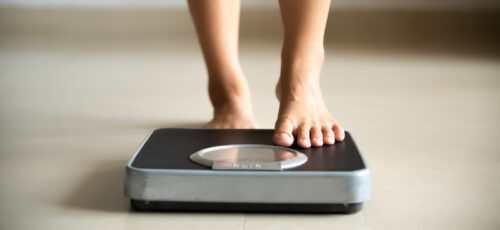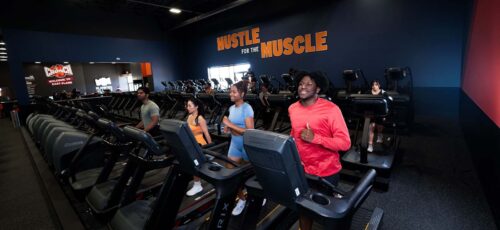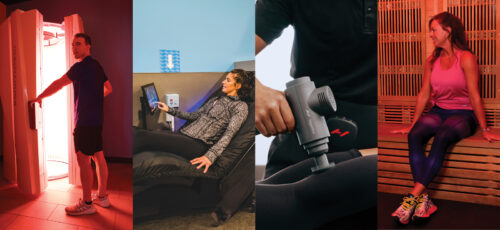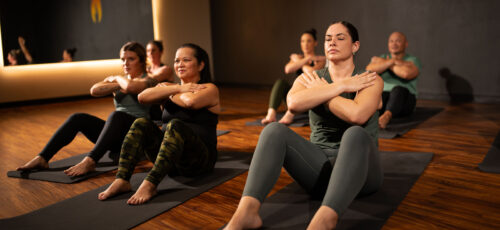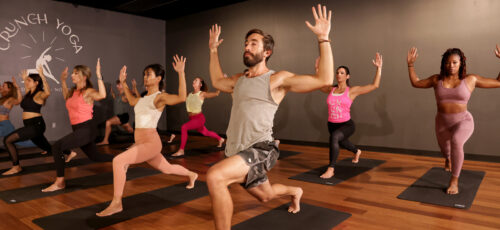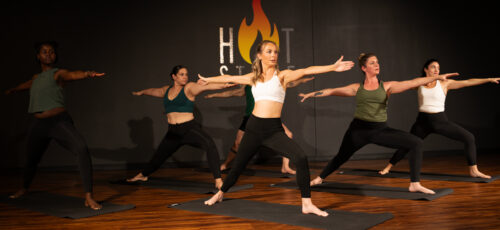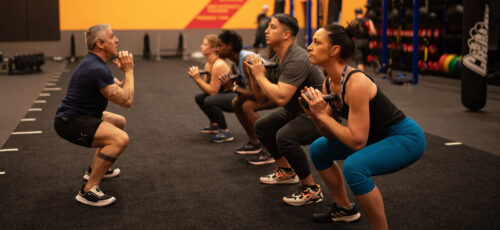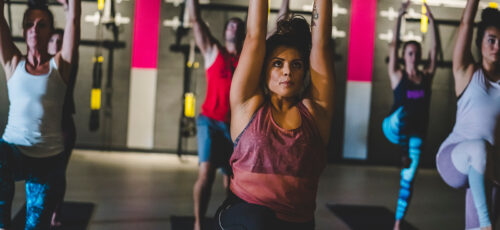
3 Reasons Why Fitness is Always Affordable
Regular Exercise Equals Big Savings in Healthcare
Studies show that individuals who engage in regular exercise actually save thousands of dollars on healthcare each year, especially in later adulthood. This should come as no surprise. We all know movement is essential to increase blood circulation, live well longer, and reduce our risk of developing severe conditions, including Type 2 diabetes, depression, cancer, arthritis, obesity, and dementia. That said, more than 60 percent of adults in the U.S. don’t exercise regularly. At Crunch, we’re on a mission to change that statistic by incorporating fun with fitness.
Here are three reasons why fitness is always affordable.
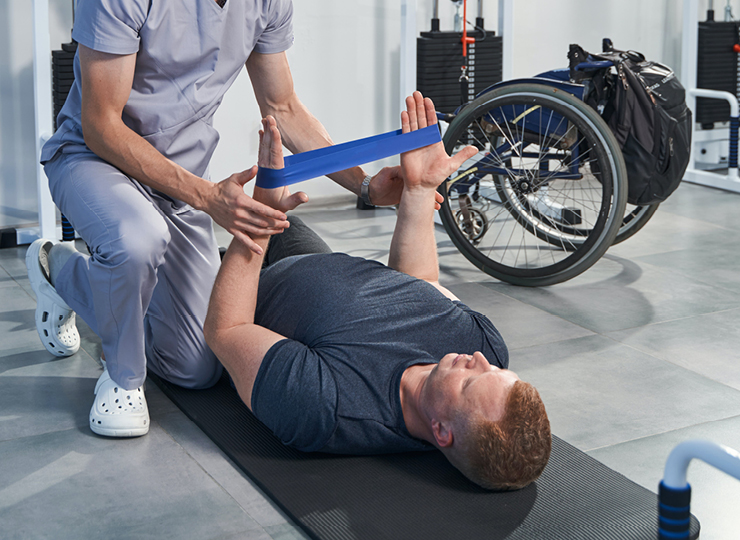
1. Optimal Health & Wellness
Fitness, in addition to proper sleep tracking and maintaining optimal mental health and stress levels, is one of the most critical aspects of a healthy lifestyle. It contributes to overall physical and mental wellness, as well as overall well-being. Fitness gives the body the strength and endurance necessary to perform daily activities. It can help you maintain a healthy weight, reduce your risk of developing chronic diseases, and help you manage stress. In this way affordable fitness has less to do with personal training and fitness goals, but rather overall wellness.
Regular exercise helps the body regulate its hormones and physiological functions, leading to improved mood, increased energy, and better sleep. It can help to reduce the risk of heart disease, stroke, and diabetes, as well as other chronic diseases. Exercise also helps reduce the risk of certain types of cancer and improves mental health by reducing stress and anxiety.
Fitness can also help to improve cognitive function and performance. Regular exercise can improve memory, concentration, and problem-solving skills, reducing the risk of developing dementia later in life. Exercise can also help maintain bone and muscle health and reduce the risk of injury. Pretty impressive, right?
Increased Blood-Oxygen Circulation
When an individual exercises, the heart rate increases, and the muscles contract and relax, increasing the amount of oxygen delivered to the bloodstream. This increased oxygen delivery helps transport nutrients and energy more efficiently to the cells, allowing them to perform their necessary functions. Additionally, increased blood-oxygen circulation helps to remove waste products from the cells and tissues, which helps to reduce inflammation, reduce the risk of disease, and improve overall wellness.
In addition to improved cell metabolism, increased oxygen circulation can also promote better mental health. By delivering more oxygen to the brain, the brain is better able to function, improving cognitive abilities such as focus and concentration. This increased oxygen delivery can also lead to improved mood and a better outlook on life.
Finally, increased blood-oxygen circulation can also benefit physical performance. By delivering more oxygen to the muscles, they are better able to perform and recover at higher levels. This can lead to improved physical performance, endurance, and overall strength.
An excellent way to monitor blood-oxygen circulation is to consider a fitness tracker. This doesn’t mean you must have the latest FitBit Premium, Garmin VivoSmart, Huawei Band, or Apple iWatch, but rather a simple tool meant for sleep tracking, swim tracking, step tracking, and heart rate monitoring with a built-in GPS.
“Fitness trackers are a great tool for heart health,” says Johns Hopkins cardiologist Seth Martin, M.D., M.H.S. “Being more active and changing your habits is important, but it can be difficult. Tracking likely helps many people when combined with a clear goal to shoot for.”
Reduced Risk of Serious Illness
Regular exercise helps to strengthen the immune system, and reduce the risk of chronic diseases such as diabetes, obesity, and cancer. It increases the production of white blood cells in the body. These cells fight infection, and regular physical activity helps keep them active and fight off illnesses. Furthermore, physical activity helps to reduce inflammation, which is associated with many diseases.
Regular physical activity, such as time spent on cardio machines, with a personal trainer, using free weights, or other gym equipment, also helps to reduce bad cholesterol and increase good cholesterol, which can help to reduce the risk of coronary artery disease. Additionally, exercise helps reduce high blood pressure, a significant risk factor for heart attack and stroke. Regular exercise can reduce the risk of chronic diseases such as diabetes, obesity, and cancer. Exercise helps to build core muscles and reduce body fat via weight loss, reducing the risk of diabetes and obesity. Additionally, exercise helps to reduce the risk of certain types of cancer by increasing the body’s ability to fight off cancer cells.
Finally, regular exercise helps to reduce stress and anxiety, which can help to reduce the risk of serious illness. Stress increases inflammation which is associated with many diseases. Also, stress can weaken the immune system, increasing the risk of illness and infection. Exercise helps to reduce stress and promote relaxation, which is beneficial for overall wellness.
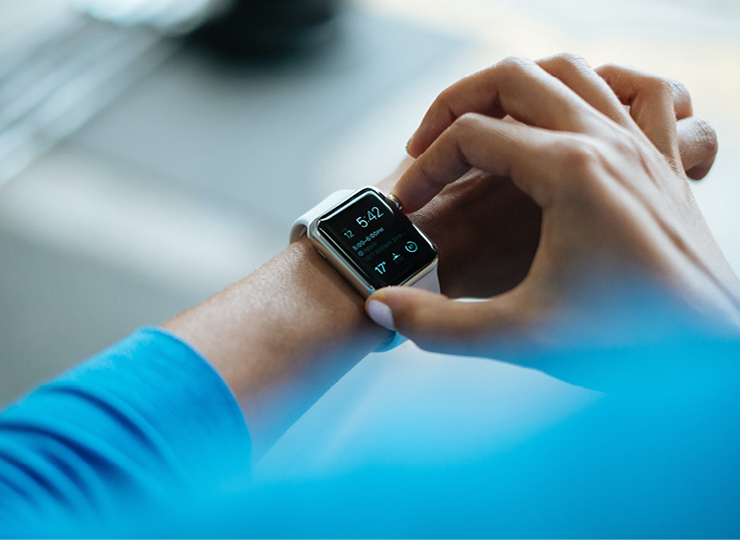
2. Enhanced Mindset
Fitness has been known to be beneficial to both physical and mental health. Recent studies show that exercise can treat mild to moderate depression as effectively as antidepressant medication—but without side effects. For example, a recent study by the Harvard T.H. Chan School of Public Health found that running for 15 minutes a day or walking for an hour reduces the risk of major depression by 26%.
Physical activity, such as yoga, cardio activity, pilates, and weight training, can improve overall well-being, reduce stress and anxiety, and help improve cognitive abilities. Fitness can also help enhance your mindset by providing an outlet to release stress and negative emotions and improve your self-confidence. In this way, it can be considered affordable fitness as an individual is mentally in a better position to sleep and live well. Let’s discuss further.
Better Mental Health
When you engage in physical activity, whether bike rides, yoga, weight training, or pilates, your body releases endorphins, hormones that help boost mood and well-being. This can help to reduce feelings of stress and anxiety, which can help to improve overall focus and concentration.
Physical activity can also help to break down negative patterns of thought, allowing you to focus on the positive aspects of life and see situations from a different perspective. In this way, exercise has a direct correlation to better mental health. It is a positive activity to distract one’s mind, focus on breathing and controlled body movement, and possibly interact with others with similar goals and interests. We’ll discuss community further in the next section.
Increased Confidence Levels
Regular physical activity can also help to improve self-confidence. This can lead to increased self-esteem and a greater sense of self-worth. As you become more confident in yourself, you can better take on any challenge and face it with a positive mindset. If you invest in a cheap fitness tracker, you’ll likely notice your sleep tracking improves over time, weight loss becomes easier, the heart rate monitor is green, and your heart rate improves. This is because happiness is directly associated with well-being.
Fitness can also help to improve cognitive abilities. Regular physical activity can help to improve memory, focus, and concentration. This can help you stay on task and be more productive and provide an outlet to enhance your problem-solving skills. As mentioned in the previous section, regular physical activity can help reduce the risk of certain diseases and illnesses, improve physical wellness, and strengthen bones and muscles. This can help to improve your overall quality of life, giving you more energy and a sense of accomplishment.

3. An Increased Sense of Community & Purpose
A sense of community and purpose is essential to a sense of well-being and happiness. Without it, individuals can feel lost, alone, and without direction, similar to if you lost your fitness tracker and didn’t know how to navigate home. Fitness can help create a sense of belonging and purpose because it is the perfect platform for social interaction without using social media or other apps and encourages individuals to push themselves towards a goal, whether it be calories burned or heart rate during workouts, or another physical challenge.
Whether your purpose in fitness is to track activities, increase your heart rate, attend more workout classes, get in shape, pick up weight training or yoga and cardio, you’re in a much better position to be held accountable and crush your goals with a robust support system. While cheap fitness trackers may not offer a setting to track your goals, your friends in fitness can.
Friendship in Fitness
Fitness can bring people together in a variety of ways. In one line, there is friendship to be found in fitness. For example, individuals can join a gym, fitness class, or running group to connect with others who have similar interests. Working out in a group setting provides an opportunity for people to interact, socialize, and develop relationships. This sense of camaraderie can help to create a sense of community and belonging.
The U.S. Centers for Disease Control and Prevention (CDC) shares that working out with friends can help you “feel more motivated. When you and your buddy encourage each other, you’ll work harder (and get better results!). And there’s nothing wrong with a little friendly competition.” It also becomes easier to be more adventurous and consistent. After all, when someone else is counting on you to show up, you won’t want to disappoint them.
Exercising with others also allows you to learn from each other and push each other to reach your fitness goals. Having someone to motivate and support you can be incredibly helpful, and that’s exactly what you get when you work out with a friend or group of friends. You can encourage each other to do your best and continue to strive for new personal records.
For even more fun with friends in fitness, consider syncing your fitness trackers to compare each other’s heart rate, gym workouts, personal training classes, overall shape, and data. This allows the other individual to become an accountability buddy and ensure you honor your commitment to your gym membership and self.
Personal Goals
As mentioned, fitness also provides individuals with a sense of purpose—a reason for existence. This is perhaps the most critical component of any gym membership, class, or wellness journey. This is because having a sense of purpose and a vision for your life enables you to create incremental goals, improve your decision making skills, and align all aspects of your life, your thoughts and actions, around your purpose. If you can successfully do this, you’ll notice that which caused trouble in your life previously dissipates. Your mind is centered and focused only on that which truly matters.
Studies show that individuals who engage in regular exercise actually save thousands of dollars on healthcare each year, especially in later adulthood. This should come as no surprise. We all know movement is essential to increase blood circulation, live well longer, and reduce our risk of developing severe conditions, including Type 2 diabetes, depression, cancer, arthritis, obesity, and dementia. That said, more than 60 percent of adults in the U.S. don’t exercise regularly. At Crunch, we’re on a mission to change that statistic by incorporating fun with fitness.
Crunch promotes a culture of positivity, inclusivity, and fun with no judgments by providing an environment for all individuals regardless of their health and fitness goals. Find a Crunch gym near you to try our free trial membership, or join Crunch now. We’re here for you – at the gym or at home. Access the best live & on-demand workouts anytime, anywhere with Crunch+. Ready to get sweaty? Try hundreds of workouts for free! Start your free trial now!


















